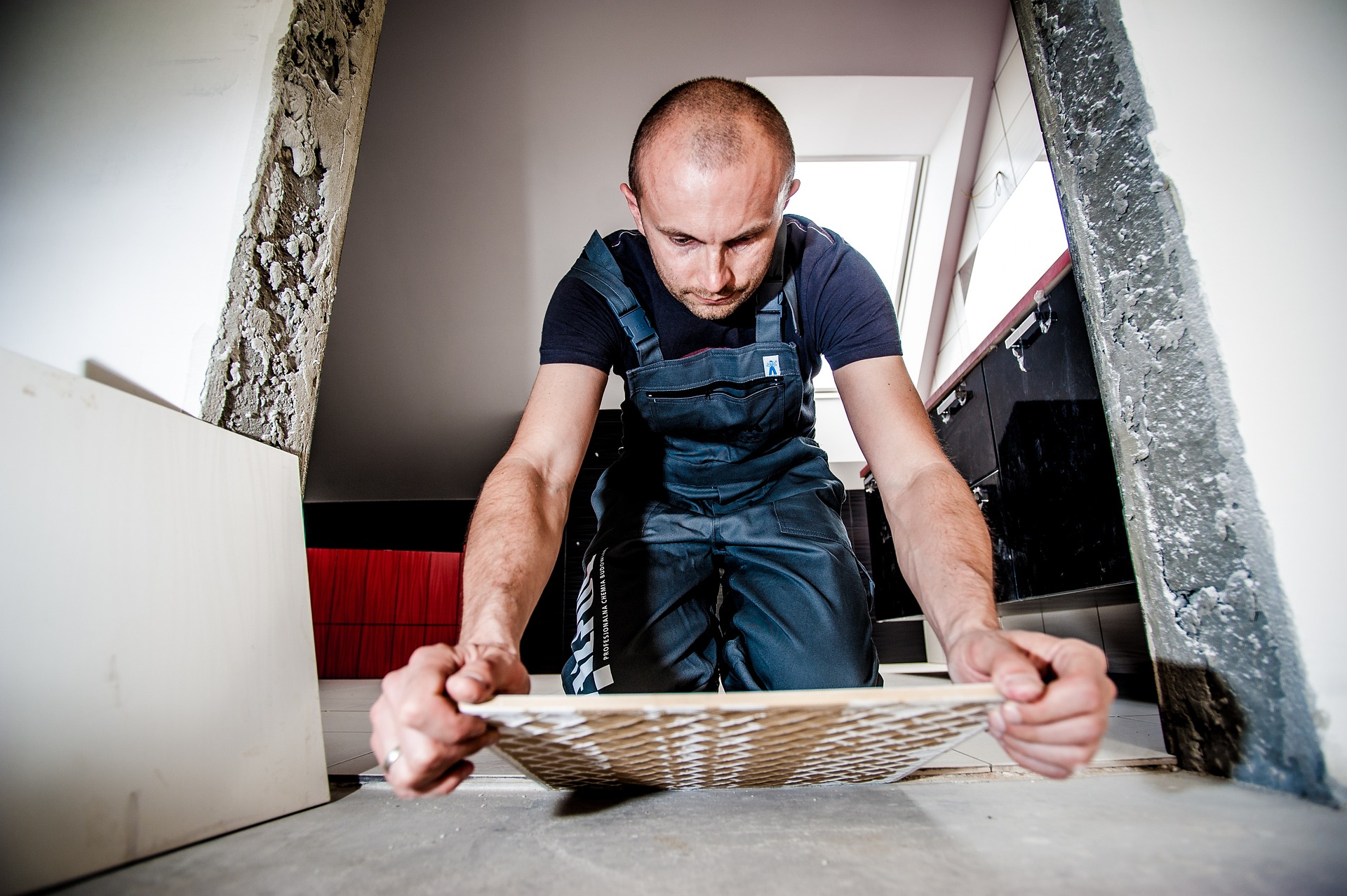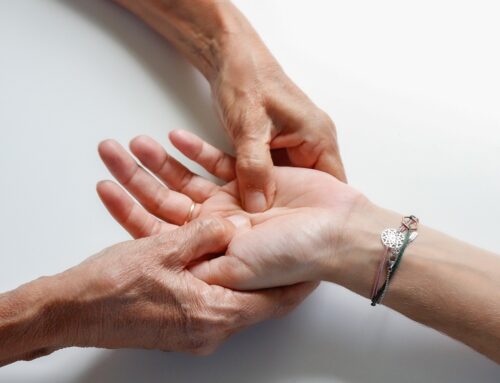Repetitive motion injuries are a common yet often underestimated concern in various work environments. These injuries arise when an individual repeatedly performs the same motion, causing damage to muscles, ligaments, tendons, or nerves. Typically, the body has a remarkable ability to self-heal microscopic tears in tissues. However, when these tears occur too frequently, the body’s natural healing process can’t keep up, leading to inflammation and potentially severe injuries.
Common Types of Repetitive Motion Injuries
Tendonitis is characterized by the inflammation or irritation of a tendon, a fibrous band connecting muscles to bones. This condition can manifest in various body parts, including the shoulders, elbows, and knees. Tendonitis often arises without a clear root cause but is generally attributed to overuse or the repetition of a particular motion. It can affect individuals in diverse work settings, from assembly lines to office spaces where extensive keyboard use is common.
On the other hand, bursitis involves the swelling of a bursa, a relatively small and unknown body part that acts as a cushion between bones and muscles. Bursitis is commonly triggered by overuse and excessive pressure on a joint, making it a frequent issue among those engaged in repetitive tasks like painting. The condition can affect various joints, including the shoulders, elbows, knees, and feet. It is especially prevalent among individuals who are overweight, elderly, or diabetic.
Navigating Florida’s Workers’ Compensation
In Florida, repetitive stress injuries like tendonitis and bursitis are compensable under workers’ compensation laws. This sets Florida apart from some states where such injuries are not considered eligible for compensation. To qualify for benefits, employees must meet two key criteria. First, they must demonstrate prolonged exposure to potentially repeatable trauma, whether minor or significant. Second, they must show that the cumulative effect of this trauma has resulted in an injury.
Steps to File a Claim
Medical Diagnosis: The first step in filing a workers’ compensation claim is to consult a medical professional to diagnose and document the injury. Because insurance companies often attempt to attribute the injury to age-related factors or non-work-related causes, this part of the claim process is considered one of the most important.
Report to Employer: Florida law mandates that you report any work-related injury to your employer within 30 days of its occurrence or diagnosis. Failure to do so could jeopardize your worker’s comp claim.
Consult an Attorney: Given the complexities of workers’ compensation laws, it’s advisable to consult an attorney experienced in this field. They can guide you through filing and help you gather the necessary evidence.
In Florida, the concept of “major contributing cause” plays a significant role in workers’ compensation claims. This means that more than 50% of the injury must be directly related to work activities. Proving this can be challenging, but it’s necessary if you want to succeed in your claim.
The Role of an Attorney in Repetitive Motion Workers’ Compensation Cases
Most workers are not aware of the intricacies of a workers’ compensation claim, and why should they be? Even if you read about the topic and take all the proper steps, going forward alone is not a recipe for success.
An attorney can offer specialized guidance on the nuances of the law, helping you understand your rights and eligibility for a claim. Additionally, they can assist in gathering the necessary evidence to establish that your injury is work-related, a crucial step often contested by insurance companies. If disputes arise with your employer or the insurance provider, an attorney can serve as a powerful advocate, negotiating and representing you in court.
If you are suffering from a repetitive motion injury, call the attorneys at Probinsky & Cole today.








